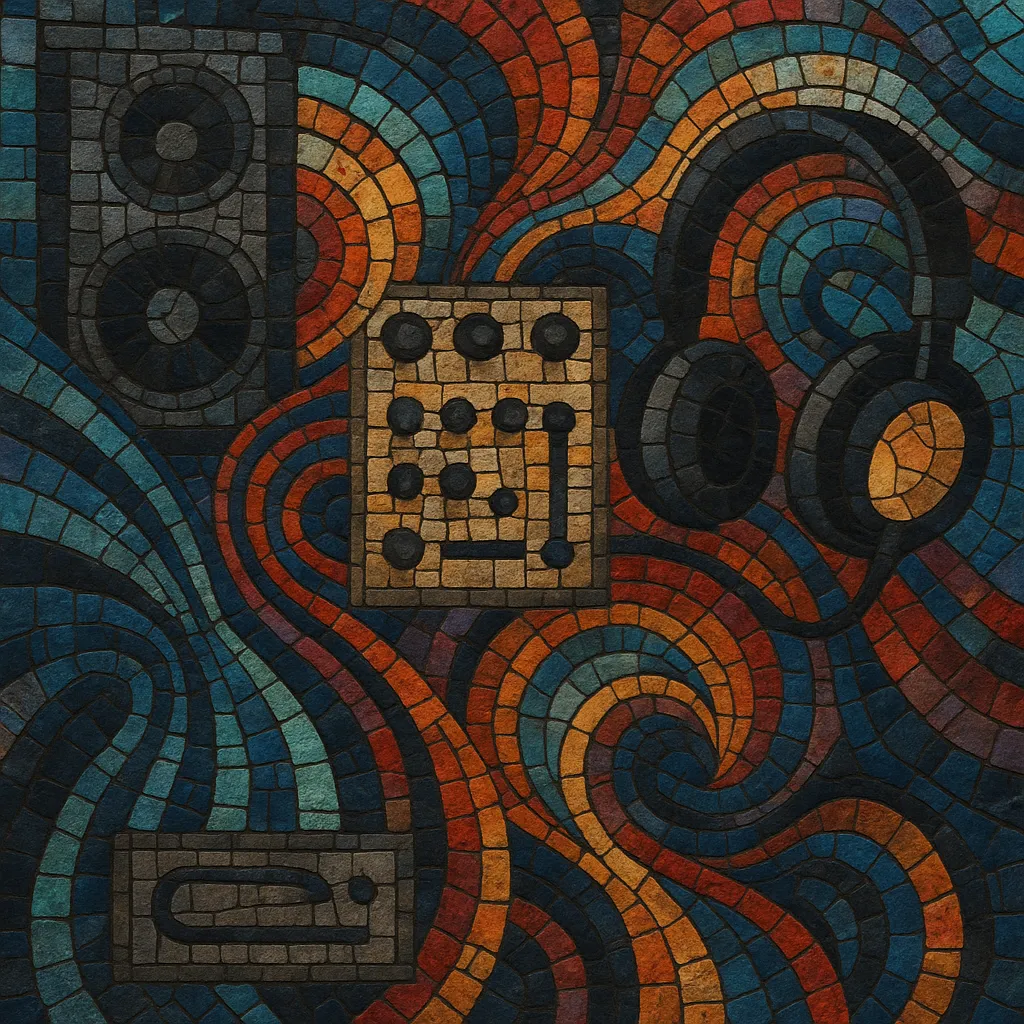Electroacoustic music is a broad art-music tradition that integrates recorded acoustic sound and electronically generated or processed sound into coherent musical works.
It privileges timbre, gesture, texture, and spatialization over conventional melody-and-harmony song forms, often employing tape manipulation, synthesis, live electronics, and computer-based signal processing.
Works are frequently composed for fixed media (stereo or multichannel loudspeakers) and may also involve live performers who are transformed in real time.
Concert presentation typically emphasizes spatial diffusion and immersive listening, and the repertoire spans concert works, radio pieces, installations, and soundscape compositions.
Electroacoustic music emerged in the late 1940s from two complementary streams: musique concrète in Paris (centered on recorded sound objects, tape splicing, and turntables under Pierre Schaeffer and later Pierre Henry) and elektronische Musik in Cologne (focusing on sounds produced by oscillators and filters under Herbert Eimert and Karlheinz Stockhausen). Parallel developments included Edgard Varèse’s pioneering tape work and early studio infrastructures such as the RTF/GRM in Paris, WDR Studio in Cologne, the RAI Studio di Fonologia in Milan, and later the BBC Radiophonic Workshop.
The 1960s saw rapid growth in techniques (ring modulation, filtering, tape delay) and the introduction of voltage‑controlled synthesizers (Moog, Buchla). Composers explored live electronics (Stockhausen’s Mikrophonie, MEV, and John Cage/David Tudor’s circuits) and spatial composition. Universities and new centers (Columbia‑Princeton, later CCRMA and IRCAM) fostered research, while acousmatic concert practice developed—works meant for loudspeakers rather than traditional notation and instruments.
The shift to computers enabled sampling, spectral analysis, convolution, granular synthesis, and algorithmic composition. Institutions like IRCAM advanced FFT-based techniques, and composers formalized concepts such as spectromorphology and timbral morphology. Soundscape composition and phonography expanded the repertoire, while diffusion over multi‑loudspeaker arrays became a mature performance art.
Laptop performance, real‑time processing (Max/MSP, SuperCollider), ambisonics, and immersive formats (5.1, 7.1, Dolby Atmos) are common. Electroacoustic practices permeate installations, multimedia, and cross-disciplinary work, influencing ambient, drone, microsound, glitch, and sound art. The field remains a research‑driven, globally networked community with festivals, academic programs, and dedicated labels.


